Actually, there is nothing complicated, they simply “follow nature”.
The density of water, when rounded, means that every 1 cubic meter will weigh about 1 ton. If you assume you can dive 1 km deep, then at this time, the water pressure on your body will be equivalent to a 1 km high water column pressing on an area of 1 square meter, that is, 1000 tons pressing on 1 square meter. That’s a really terrible number!
This is also the reason why people cannot dive into the sea on their own to explore the seabed, they need specialized ships with special reinforced compartments to do that. Current military submarines only reach an average maximum depth of about 300-400 m. Yet there are still marine creatures that can swim freely at depths of up to several kilometers without needing any special measures. So, how did they do it?
First of all, let’s take a look at some typical names among them.
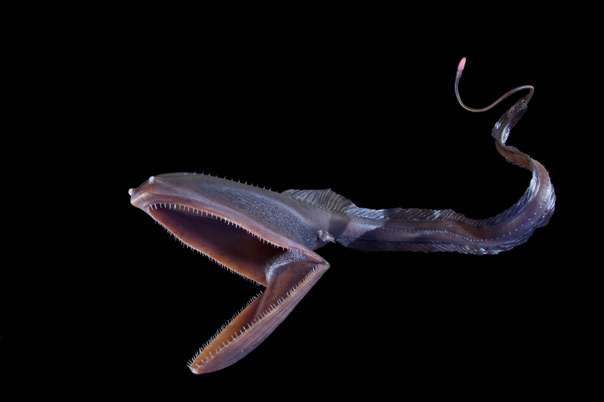
Pelican eel. With their oversized jaws and stretchable skin under their jaws, they can swallow alive prey even larger than themselves.
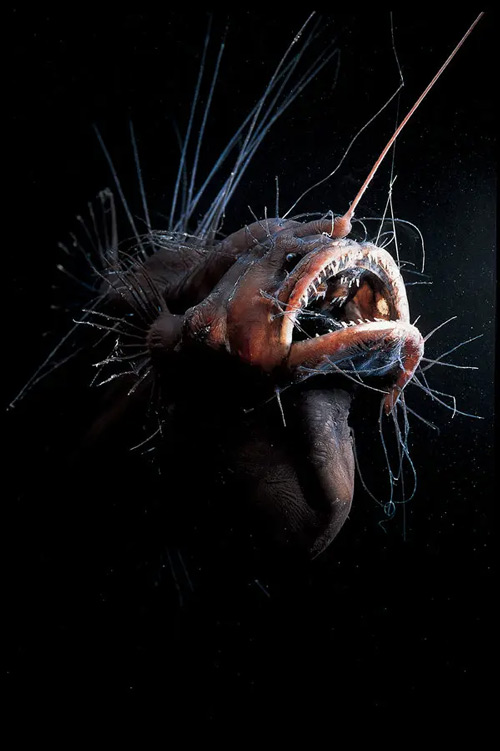
Humpback finfish, anyone who has ever played Feeding Frenzy will know this one.
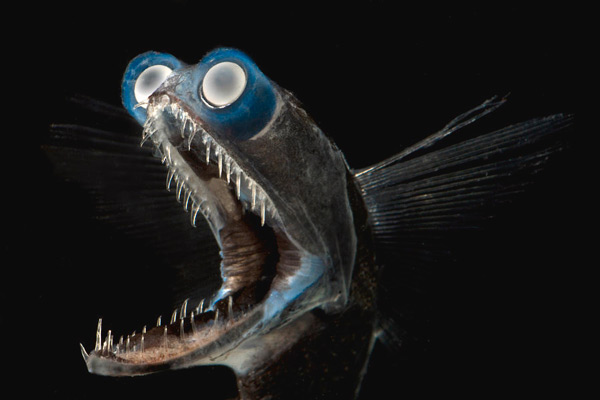
Telescopefish, it gets its name because of its special lens-shaped eyes.
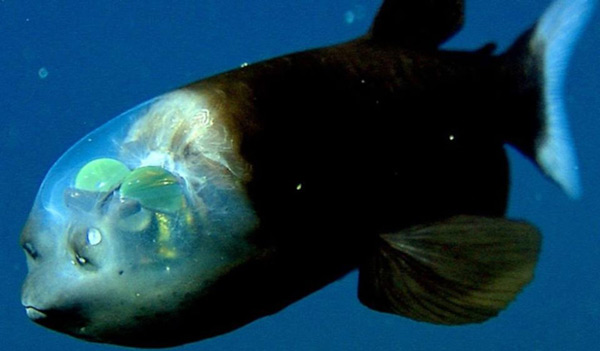
A barrel-eyed fish, it perceives the world through two eyeballs located deep within its transparent head.
The bodies of these fish species do not have any special structure to resist the terrible pressure of up to thousands of tons per square meter. Basically, they don’t resist pressure, they simply “go with the flow”.
That is the same as the human body under atmospheric pressure, in fact as you are reading this article, your body is under a pressure level of somewhere around 10 tons per square meter. However, you cannot feel it because the pressure from the environment pressing in and the pressure from inside your body are equal. It can be considered that your body’s pressure is equivalent to atmospheric pressure, equal to 1 atmosphere.
When you dive into water, in addition to atmospheric pressure, your body will have to endure additional water pressure. At this time, the environmental pressure will be greater than the body pressure, so it will press into your body. The deeper you dive, the greater the pressure difference will be, and the stronger the pressure you will feel on your body.
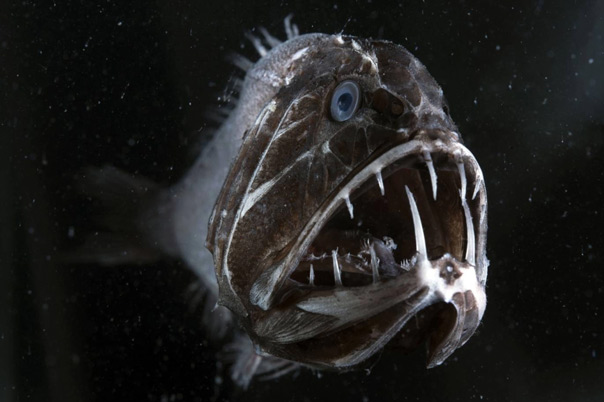
Back to those fish we just talked about. At the depth where they live, their body pressure is in balance with the environmental pressure. Therefore, they don’t need to take any special measures, they basically won’t feel any pressure at all. They have adapted and evolved to live in the sea for tens or even hundreds of millions of years to reach their current depths. They do not need to resist environmental pressure because their bodies are already part of that pressure environment.
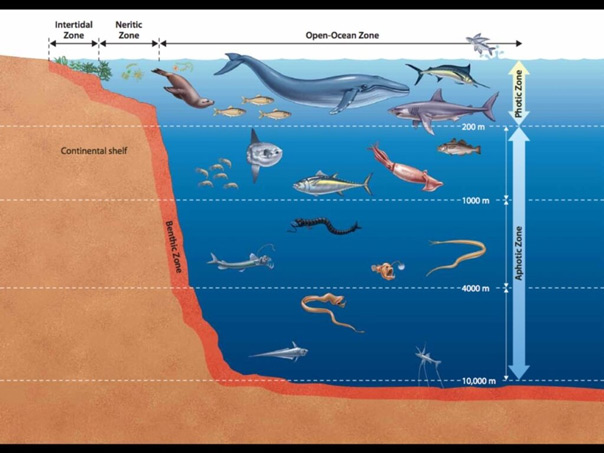
On the contrary, if you now catch a fish from a greater depth, then its body pressure will be much greater than the environmental pressure. That level of pressure will push its eyes out of their sockets, its stomach or even its internal organs will be turned upside down into its mouth… In mild cases, it will still be able to survive if it is returned to the mouth. adjust the appropriate depth in time, and in severe cases, it will be determined immediately.
OK, above is the reason why deep sea fish can live well in extremely high pressure environments. Hope this information is interesting to you.





